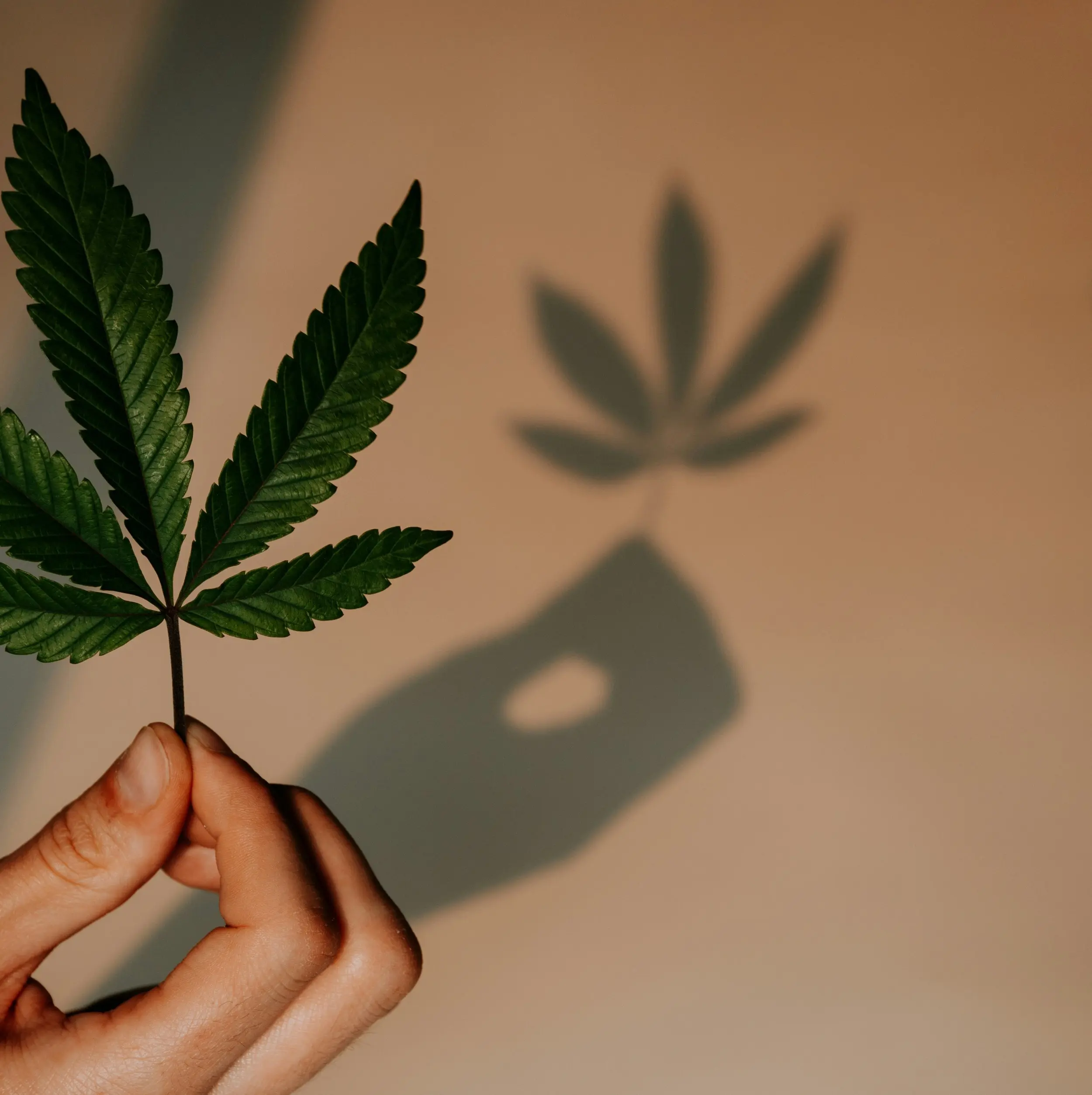
This blog post may contain affiliate links where I may earn commission from qualifying purchases. This blog post is not intended to promote cannabis use and is not medical, health or professional advice. All opinions expressed in this blog post are my personal views and are intended for educational and entertainment purposes only. Information provided in this blog posts including without limitation information regarding product attributes is provided as general information.
Cooking with cannabis represents a blend of gastronomic creativity and agricultural know-how, where the world of high-end cuisine meets the pioneering spirit of sustainable cannabis cultivation.
In this journey, we'll explore how cannabis travels from eco-conscious farms to the heart of modern kitchens, spotlighting the crucial elements of quality, safety, and the increasingly significant role of environmentally responsible practices.
This voyage uncovers the story behind every leaf and bud, revealing the care and expertise that turns cannabis into culinary masterpieces.
Key Takeaways
- Organic farming is essential for sustainable, high-quality cannabis cultivation.
- Decarboxylation activates THC, crucial for cannabis's flavour and effects in cooking.
- Infusion methods like simmering and sous vide effectively blend cannabis with culinary ingredients.
- Rigorous quality and safety testing ensure purity and potency of culinary cannabis.
- Contemporary cannabis cuisine fuses traditional and innovative cooking techniques.
- Precise dosage calculation is key for consistent effects in cannabis-infused dishes.
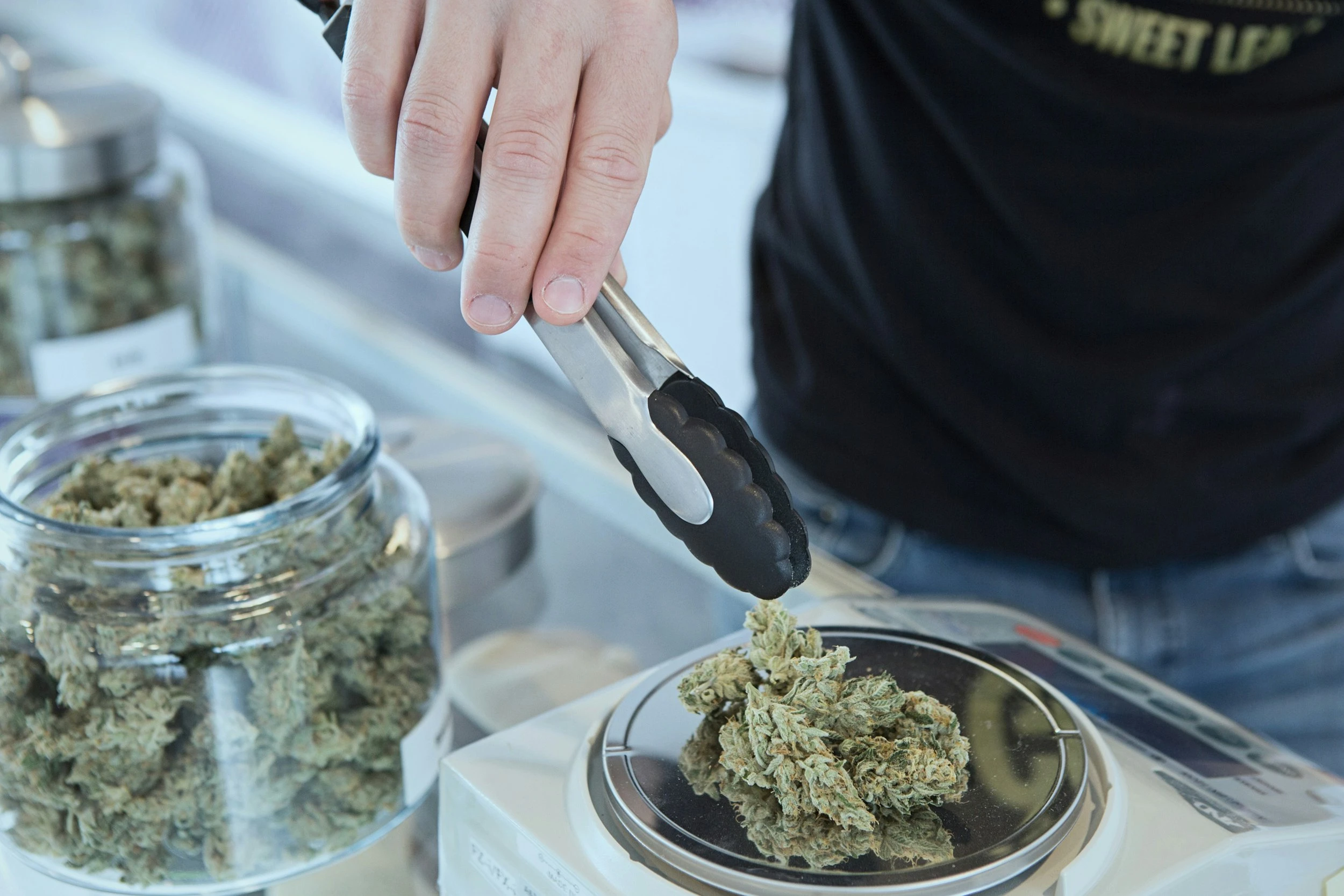
The culinary roots of cannabis stretch back centuries, intertwining with various global traditions and cultures. Historically, cannabis was not just valued for its psychoactive properties, but also for its robust flavour and nutritional benefits.
Ancient civilizations, including those in Asia and the Middle East, incorporated cannabis into their cooking, often in the form of hemp seeds and oils, which were valued for their high protein, omega-3, and omega-6 fatty acid content.
This historic use of cannabis was primarily for sustenance and medicinal purposes, rather than recreation. Fast forward to the present, and the resurgence of cannabis in modern cuisine is remarkable.
Today's chefs and food enthusiasts are rediscovering cannabis, infusing it into a range of dishes that celebrate its unique flavour profile and health benefits.
This revival is part of a broader movement that blends tradition with innovation, creating a dynamic new chapter in the world of gastronomy.
Modern Cannabis Culinary Arts
The transformation of cannabis from a stigmatized substance to a celebrated ingredient in today's cuisine marks a significant shift in the culinary landscape.
Among the pioneering dishes in this culinary revolution, pot brownies have evolved from a counterculture staple to a sophisticated and gourmet treat, reflecting the artistry and skill in modern cannabis cuisine.
These culinary pioneers are not only redefining gastronomy but also challenging perceptions, demonstrating that marijuana edibles can be both a gourmet delight and a canvas for creativity in the kitchen.
Delving deeper into the world of modern cannabis culinary arts, we find:
- Advanced techniques for cannabis infusion that enhance flavor and maintain dish integrity.
- Cannabis pairing across diverse cuisines, from traditional to contemporary fusion.
- Precision in dosage to ensure desired culinary effects and balance.
- Culinary experiences that educate diners about the nuances and potential of cannabis in cooking.
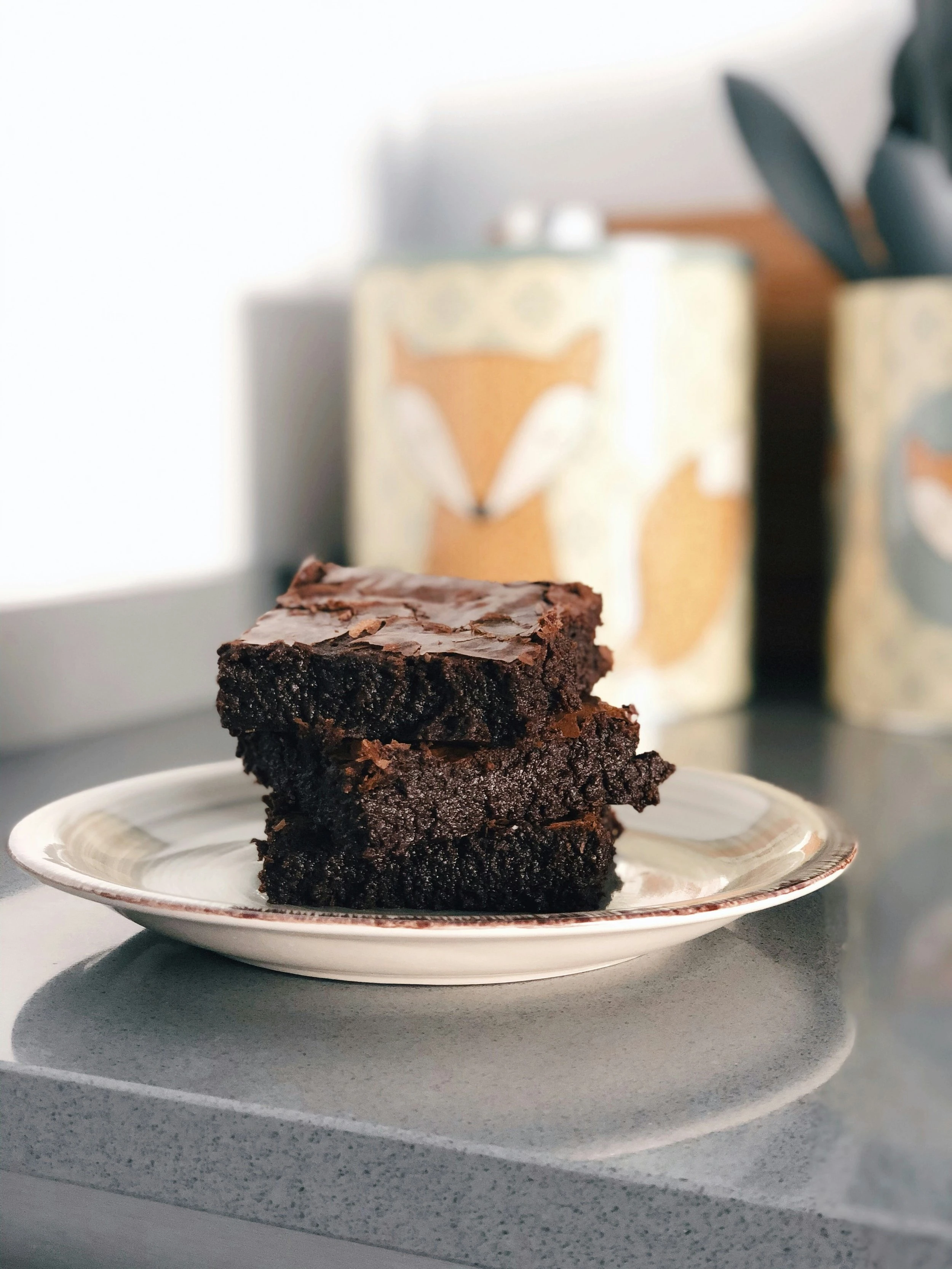
Photo by Arantxa Aniorte on Unsplash
Sustainable Cannabis Cultivation
Sustainability in cannabis cultivation is pivotal for quality produce. This section focuses on organic farming practices, the environmental impact of cannabis cultivation, and the importance of choosing ethically sourced cannabis for culinary use.
Organic Farming Practices
In the realm of organic cannabis cultivation, organic farming is much more than a technique, it's a commitment to nurturing plants in harmony with nature.
This approach is all about using earth-friendly methods that nourish cannabis plants, ensuring they grow healthy and chemical-free.
Organic farming isn't just about producing cleaner cannabis, it's about respecting and preserving our environment. From enriching the soil naturally to managing pests without harm, these practices highlight a holistic, sustainable path to high-quality cannabis.
Here are some organic processes that growers can use:
- Organic Soil Enrichment: Using compost and green manure for nutrient-rich soil.
- Natural Fertilizers: Applying fish emulsion or bone meal for sustainable nutrition.
- Biological Pest Control: Leveraging beneficial insects for natural pest management.
- Water Conservation: Employing efficient irrigation to minimize water use.
- Crop Rotation: Alternating crops to maintain soil health.
- Non-GMO Seeds: Choosing natural seeds or clones for pure plant genetics.
- No Synthetic Chemicals: Avoiding all artificial herbicides and pesticides.
- Soil Testing: Regular checks to ensure optimal soil conditions.
Environmental Impact of Using Chemicals
Adopting sustainable farming practices in cannabis cultivation is more than an environmental choice, it's a health imperative. Traditional cultivation methods often lean heavily on chemical inputs that can be detrimental not only to the planet but also to human health.
These chemicals can leach into soil and water, potentially finding their way into our food chain and bodies.
By turning to sustainable practices, cannabis cultivators are not just minimizing their ecological footprint, they're also safeguarding consumers from the harmful effects of these chemicals.
This approach, which encompasses careful water management, energy conservation, and preserving soil health, reflects a deep commitment to growing cannabis in a way that's as safe and natural as possible, both for the environment and for the end user.
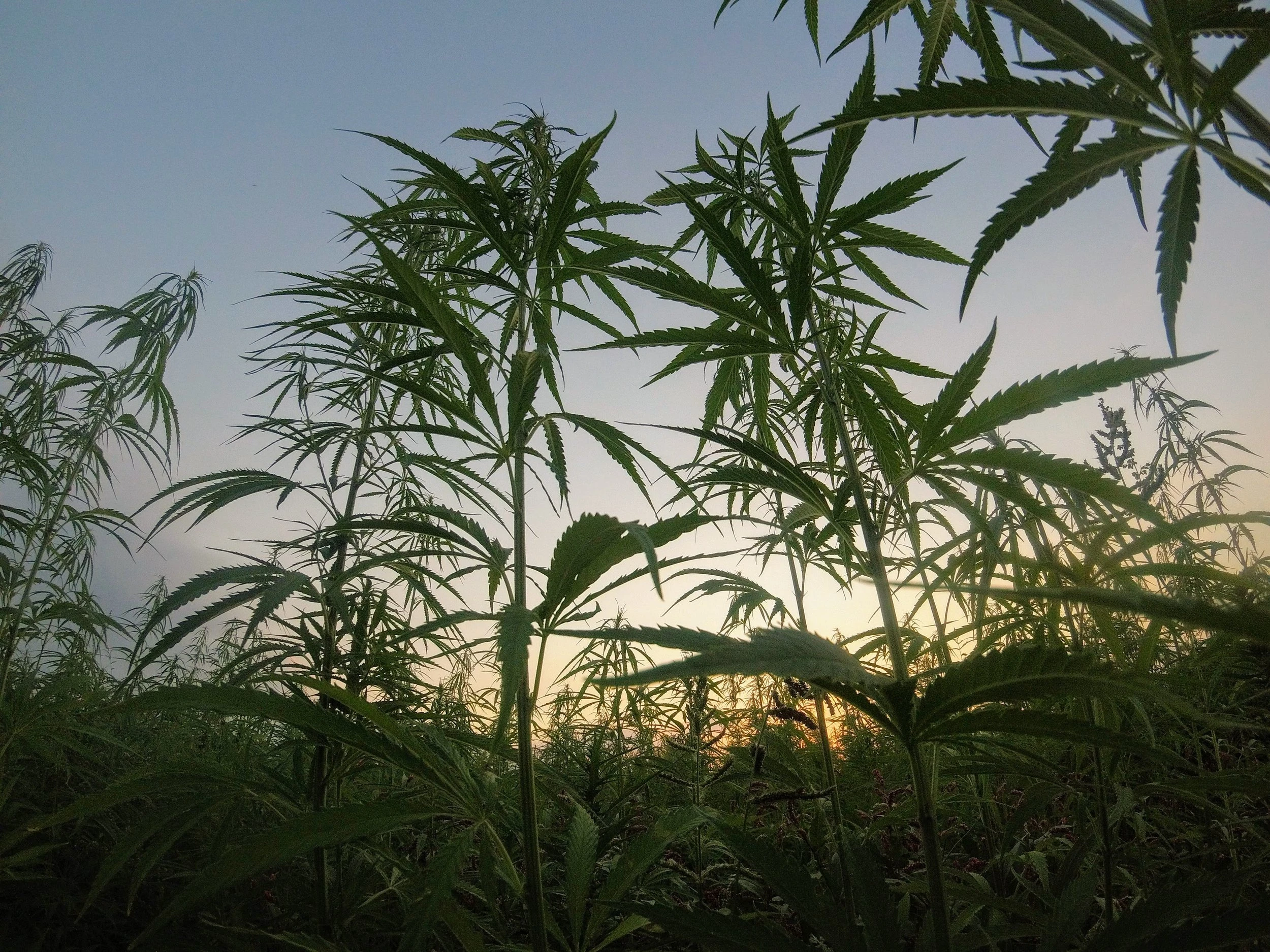
Photo by Matteo Paganelli on Unsplash
From Farm to Kitchen: The Journey of a Cannabis Ingredient
This section takes a closer look at the fascinating process that transforms cannabis from a plant cultivated with sustainable methods on the farm into a versatile and coveted ingredient in the kitchen.
This journey highlights not just the transition of cannabis through various stages of growth and preparation, but also the meticulous care and attention to detail that ensures its quality and potency are retained for culinary use.
It's a story of transformation, where careful cultivation meets culinary innovation, bringing a unique flavor and experience to the table.
Harvesting and Processing
- Cannabis plants are typically harvested when trichomes indicate peak cannabinoid content.
- Harvest involves cutting the plants, often by hand, to protect delicate trichomes.
- Post-harvest, plants are hung or laid out to dry in a controlled environment.
- Proper drying is essential to prevent mold and preserve cannabinoids and terpenes.
- Once dried, cannabis is carefully cured, usually in airtight containers, to develop flavor and aroma.
- Curing process can last several weeks, allowing for chemical changes that enhance quality.
- After curing, cannabis is ready for use in culinary applications, with its full flavor and potency intact.
Quality and Safety in Cannabis Ingredients
Quality and safety are paramount in selecting cannabis for culinary use, as they directly impact both the efficacy and flavor of the final dish.
Rigorous quality control ensures that only the best cannabis, free from contaminants and pesticides, makes its way into the kitchen. Safety measures, including comprehensive lab testing, are crucial for verifying potency and screening for any harmful substances.
These tests not only confirm the levels of THC and CBD, ensuring a consistent and desired psychoactive effect, but also ensure that the cannabis is free from mold, mildew, and other contaminants. By prioritizing quality and safety, chefs can confidently use cannabis as an ingredient, knowing that it enhances their dishes without compromising health standards.
Read this article to learn everything you need to know about THC and CBD.
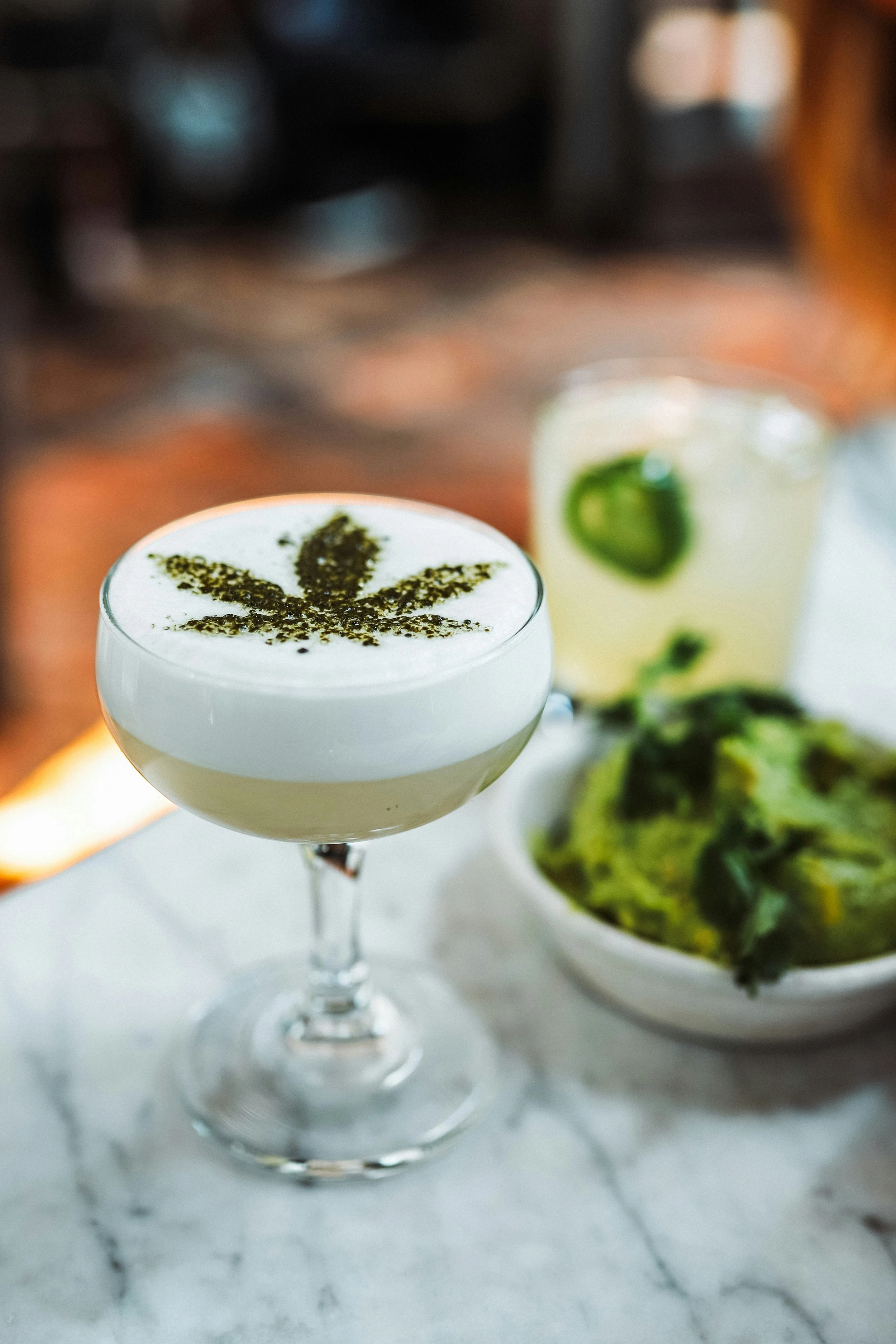
Photo by Justin Aikin on Unsplash
Cooking with Cannabis: Techniques and Innovations
Let's delve into the art of preparing cannabis for culinary use. This includes the crucial step of decarboxylation, various methods of infusion, and creative culinary techniques.
For those looking to cook weed butter, this is a foundational technique in cannabis cuisine, transforming butter into a potent and versatile ingredient for various recipes. In the world of cannabis cuisine, chefs often experiment with different infusion methods, including using oils like coconut oil and olive oil to extract the flavors and effects of cannabis into their dishes.
These processes are essential for maximizing the flavour and psychoactive potential of cannabis in cooking, and they represent the cutting-edge of contemporary cannabis cuisine.
Decarboxylation: Activating Cannabis
Decarboxylation is a critical process in cooking with cannabis, involving the application of heat to activate its psychoactive compounds. In its raw form, cannabis contains THCA, which is non-psychoactive. When heated, THCA undergoes decarboxylation and converts to THC, the compound known for its psychoactive effects.
This process is essential for making cannabis suitable for culinary use, as it unlocks the full potential of its psychoactive and flavour properties. Understanding and mastering decarboxylation is key for any chef or enthusiast looking to incorporate cannabis into their cooking effectively and safely.
Related Article: A beginner's guide to decarboxylation.
Infusion Methods
When it comes to infusing cannabis into your culinary creations, there are several methods to effectively blend it with oils like coconut oil, butters, and other mediums, each offering unique benefits to achieve the perfect balance of potency and flavour.
- Slowly simmer cannabis with butter or coconut oil to infuse (in a slow cooker), straining out plant material after.
- Use a double boiler for even heat distribution and to prevent burning during infusion.
- Cannabis can also be infused into alcohol, like vodka or rum, for use in recipes.
- For a no-heat method, combine cannabis with oil or butter and let it sit for a few weeks, making cannabis oil.
- Adjust the amount of cannabis based on the desired potency and what the recipe calls for.
- Infusing in a slow cooker or sous vide can provide consistent temperatures for better results.
- Store infused cannabis cooking oil or cannabis butter in a cool, dark place to preserve potency and flavor.
Balancing Flavour and Effects in Cannabis-Infused Cuisine
In cannabis cooking, such as in the Classic Cannabis Chocolate Chip Cookies recipe, the use of cannabutter influences both the flavor, the effects of the dish, and is easy to make your own marijuana edibles.
The specific ratio of weed butter to regular butter used in the recipe is designed to ensure that the cannabis flavour does not overpower the traditional taste of the cookies. The potency of the cannabutter will determine the psychoactive effects of the cookies. It's important to adjust the amount of weed butter based on the desired potency and the original strength of the infused butter.
Alongside classic edibles like cookies, cannabis-infused tea offers a soothing, aromatic way to enjoy the benefits of cannabis, marrying the therapeutic effects with the comfort of a warm beverage. The goal is to achieve a balance where the cookies are enjoyable both in terms of flavour and the effects of cannabis.
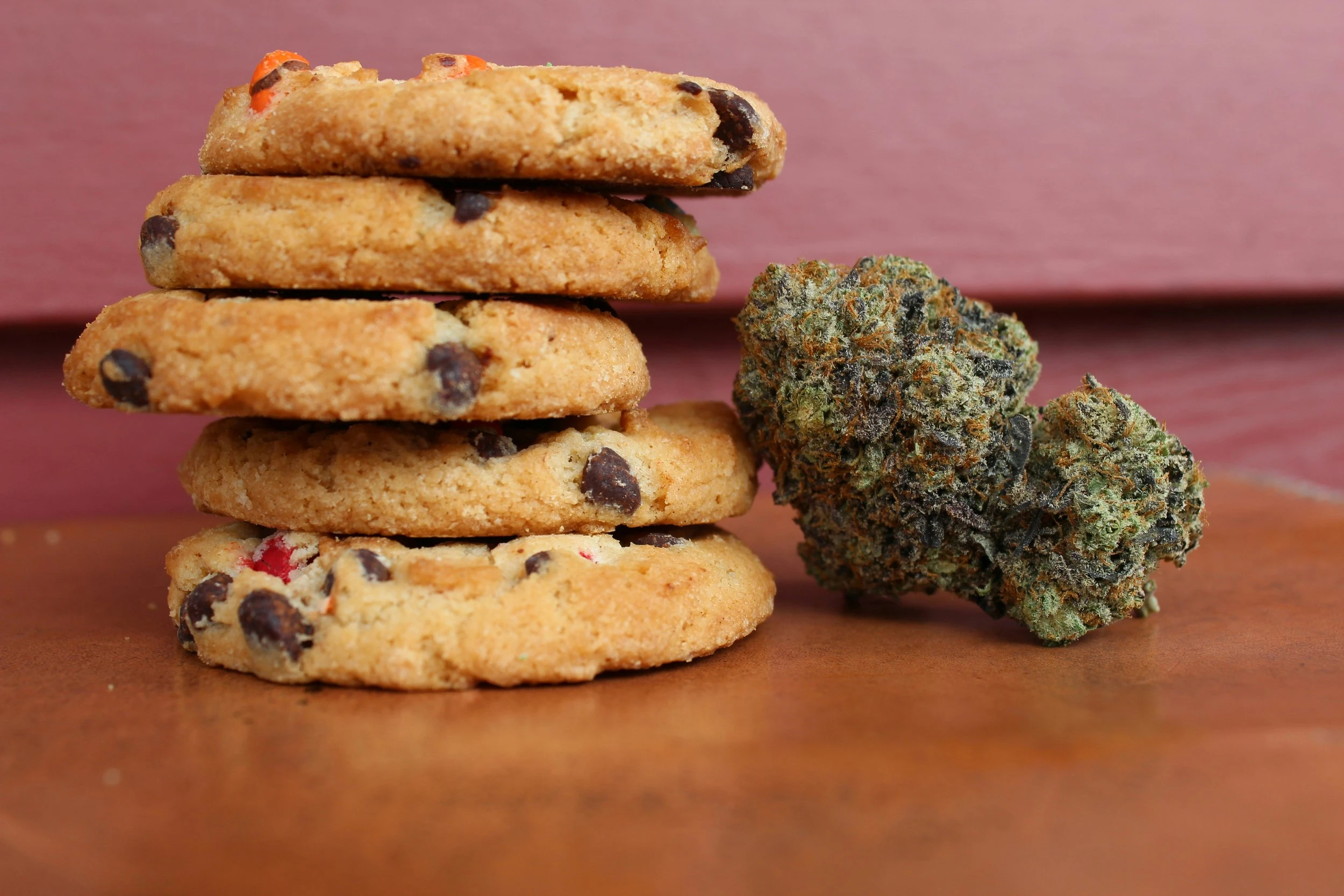
Photo by Margo Amala on Unsplash
Understanding Dosage and Potency in Cooking
When cooking with cannabis to make your own edibles, it's crucial to understand dosage and potency to ensure a safe and enjoyable experience. The goal is to harmoniously blend the unique flavors of cannabis with other ingredients, balancing taste with the psychoactive effects.
Achieving this balance involves careful dosage calculations. Calculating the potency of cannabis-infused ingredients is essential to maintain consistent and desired effects in your dishes.
Here's a breakdown:
Understanding Potency:
- THC and CBD are the main psychoactive compounds in cannabis.
- The potency of cannabis varies widely based on the strain and cultivation method.
Balancing Flavours:
- Select strains with flavor profiles that complement your dish.
- Use techniques like decarboxylation to enhance the cannabis flavor without overpowering other ingredients.
Calculating Dosage:
- Start with the THC/CBD content of your cannabis. For example, if your cannabis flower has 15% THC, every gram contains 150 mg of THC.
- When making infusions like unsalted butter or oil, factor in the extraction efficiency, which is typically around 60%.
- Calculate the total THC/CBD in the dish and divide by the number of servings to get the dose per serving.
Consistency is Key:
- Consistently measure and evenly mix cannabis infusions to ensure each serving has a uniform dose.
- Always label homemade edibles like your cannabis infused oil, with their potency for future use and so no one that's not supposed to have any mistakenly eats some.
Start Low, Go Slow:
- For beginners, a dose of 5-10 mg of THC per serving is recommended.
- The effects can take 30 minutes to 2 hours to manifest, so it's advisable to wait before consuming more.

Conclusion
The journey of cannabis from farm to kitchen is a fascinating blend of tradition, innovation, and sustainability.
This journey showcases the importance of organic farming, the science of decarboxylation, the art of infusion, and the precision of dosage calculations in creating culinary masterpieces.
As the world of cannabis cuisine continues to evolve, it intertwines environmental consciousness with gastronomic creativity, offering an array of flavors and experiences.
Engage With Us
How have your culinary adventures been influenced by the incorporation of cannabis, and what are your favorite cannabis-infused dishes to prepare or enjoy?
Share your experiences and recipes in the comments below!
This article on the sustainable journey of cooking with cannabis is a guest post by Alex Roig from www.wegrownyc.org, exploring the intricate blend of tradition, innovation, and sustainability in the world of cannabis cuisine.

Hey I’m Anna, also known as Cannabinista™
I’m a cannabis content creator, recipe developer, and enthusiast for the ancient plant. I’ve dedicated my platforms to helping you create a healthy relationship with cannabis through mindful consumption and providing education that resonates with the modern consumer.
My ultimate goal is to debunk traditional stoner stereotypes and myths, by showcasing the world of cannabis through my POV.

